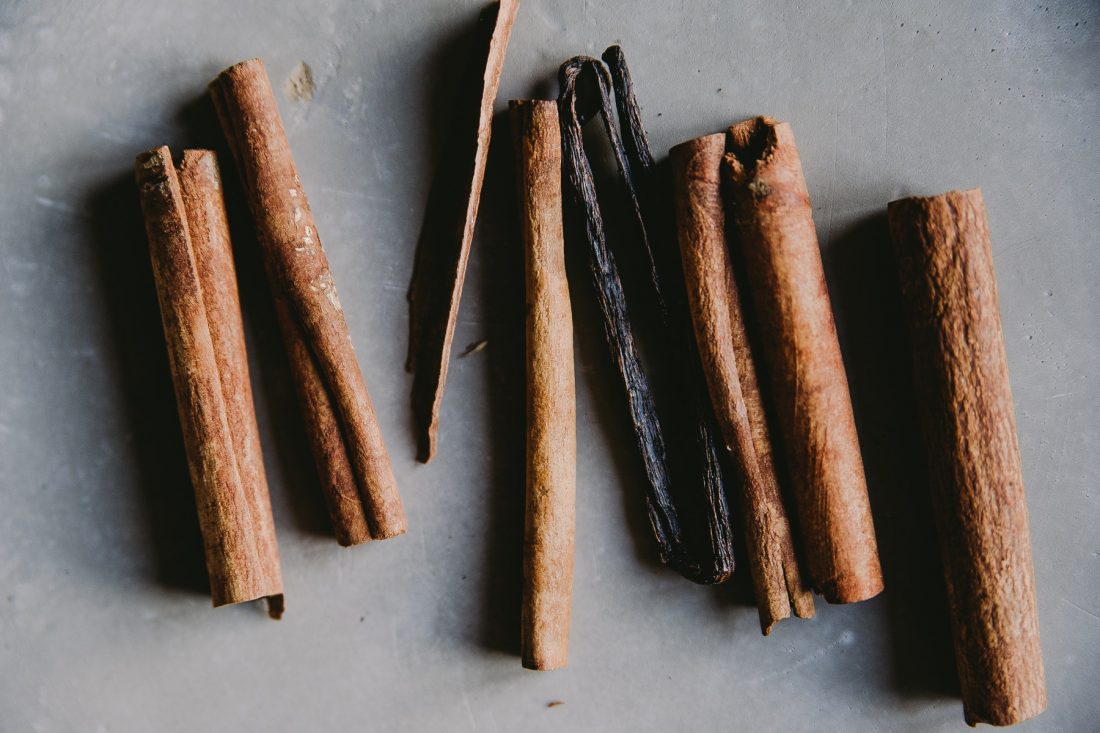Vanilla: A Brief History
Vanilla has a long and storied history that dates back to the ancient Mayan and Aztec civilizations in Mexico. The indigenous people of Mexico believed that vanilla was a gift from the gods, and they used it for religious ceremonies and to flavor their chocolate drinks. It was not until the 16th century that vanilla made its way to Europe, where it quickly became popular as a flavoring agent for sweets.

The Vanilla Plant
Vanilla is a tropical orchid plant that is native to Mexico and Central America. The plant produces long, slender green pods that contain thousands of tiny black seeds. The seeds are what give vanilla its distinct flavor and aroma. Vanilla plants require a specific type of pollination called hand-pollination, which involves carefully opening the flowers and spreading the pollen by hand. This process is time-consuming and labor-intensive, which adds to the cost of production.
How Vanilla is Produced
The process of producing vanilla involves several stages, which require expert knowledge and skill. The first stage is hand-pollination, which involves carefully opening the flowers and spreading the pollen by hand. This must be done for every single flower on every single plant, which makes it a time-consuming and labor-intensive process. Once the pods have been harvested, they go through a long and complex curing process that involves blanching, sweating, and drying the pods over several months. The final product is a tiny black seed, which is actually a vanilla bean.

The Price of Vanilla
Vanilla is one of the most expensive spices in the world due to its difficult cultivation and harvest. Vanilla plants only thrive in specific regions, which adds to the cost of production. Vanilla plants require hand-pollination, which is a time-consuming and labor-intensive process. It can take up to 3 years for the vanilla plant to fully mature and produce pods, which makes the entire process even more challenging. Once the pods have been harvested, they go through a long and complex curing process that requires an experienced hand to get it right.
The Importance of Vanilla
Despite its high cost, vanilla remains an essential ingredient in many of our favorite foods and beverages. From ice cream and cakes to teas and perfumes, vanilla is loved by millions of people around the world. Its unique aroma and flavor are irreplaceable, which is why people are willing to pay top dollar for the real thing. Vanilla, the gold of the spice world, is indeed one of the most precious commodities we have.
In conclusion, vanilla is much more than just a simple spice. It is a tropical orchid plant that requires specific conditions for growth and hand-pollination to produce its fragrant pods. The process of cultivating vanilla and turning it into the tiny black seeds we know and love is time-consuming, labor-intensive, and requires incredible skill and expertise. Despite its high cost, vanilla remains an essential ingredient in many of our favorite foods and beverages because of its unique aroma and flavor. So the next time you sprinkle some vanilla into your coffee or add it to your baked goods, remember that what you are enjoying is the result of a complex and labor-intensive process.If you are searching about Why Is Vanilla So Expensive? | Madanilla you've came to the right place. We have 5 Pics about Why Is Vanilla So Expensive? | Madanilla like Why is Vanilla Extract So Expensive Right Now?, Why Is Vanilla So Expensive? | Madanilla and also Why Is Vanilla So Expensive? | Madanilla. Here you go:
Why Is Vanilla So Expensive? | Madanilla
 www.madanilla.com
www.madanilla.com Why Is Vanilla Added To Recipes?
vanilla bean recipes added why todayifoundout
Why Is Vanilla Extract So Expensive Right Now?
:max_bytes(150000):strip_icc()/__opt__aboutcom__coeus__resources__content_migration__simply_recipes__uploads__2017__11__2017-11-16-Vanilla-DIY-10-a679f470e37c41ff92ba8e1d04d97f06.jpg) www.simplyrecipes.com
www.simplyrecipes.com conklin
Why Is Vanilla So Expensive? | Madanilla
 www.madanilla.com
www.madanilla.com Why Is It So Expensive? | Vanilla
 firstclasse.com.my
firstclasse.com.my vanilla expensive
Why is vanilla so expensive?. Vanilla expensive. Why is vanilla added to recipes?